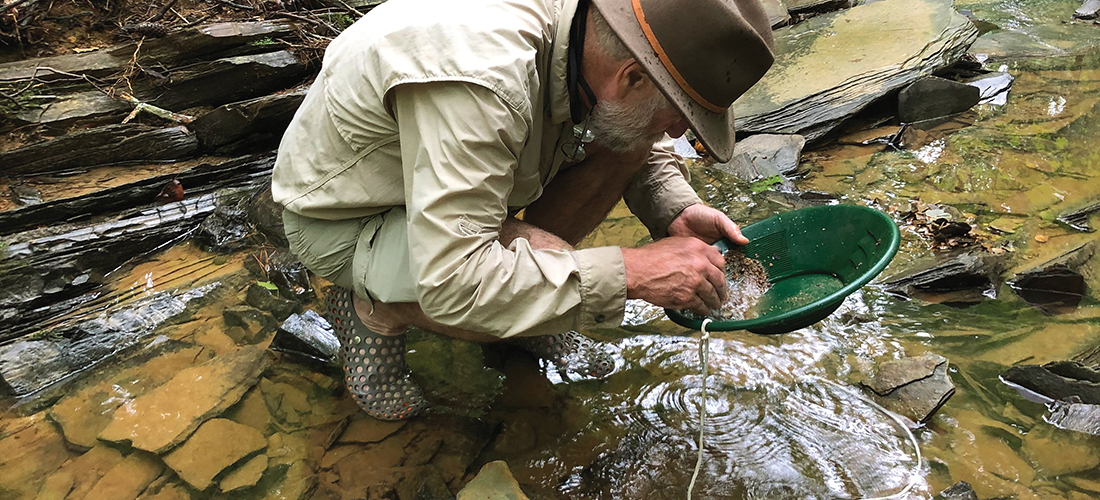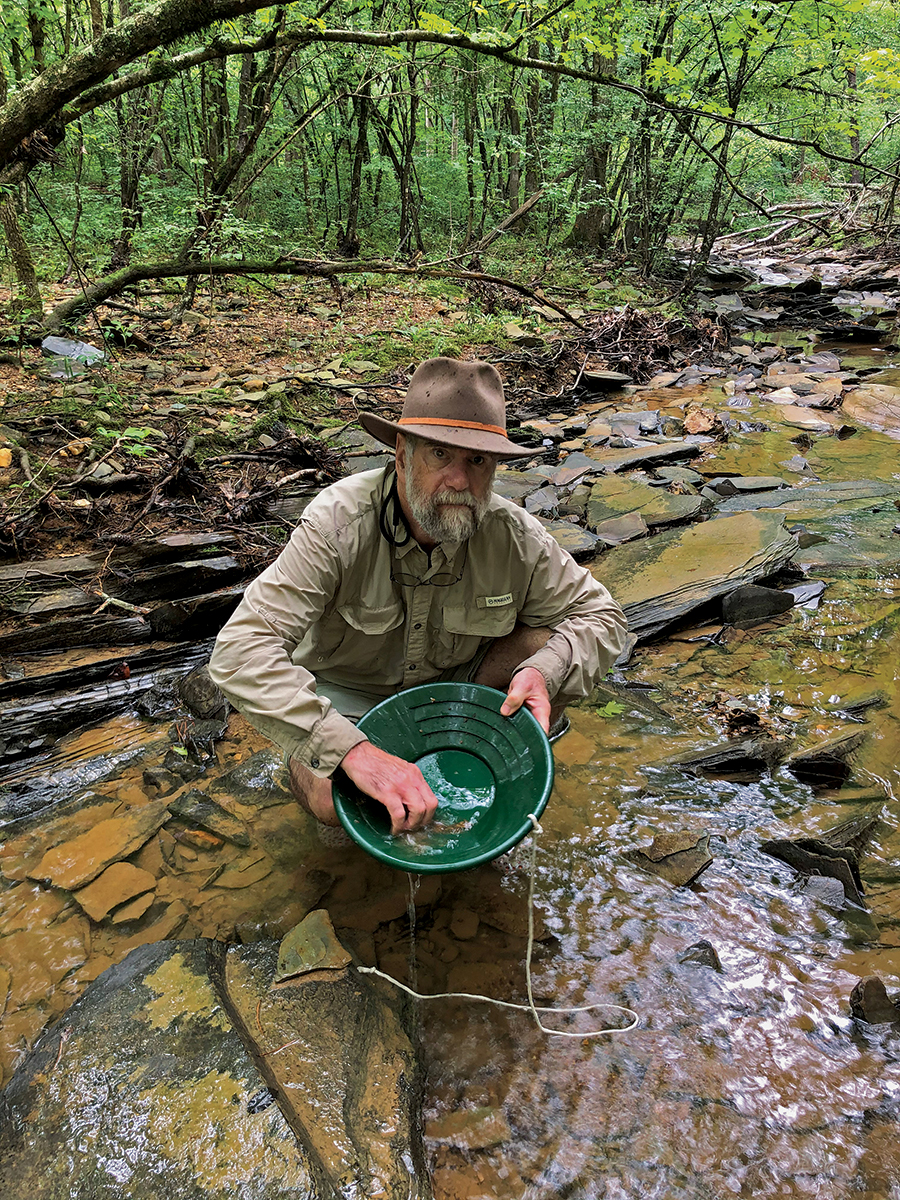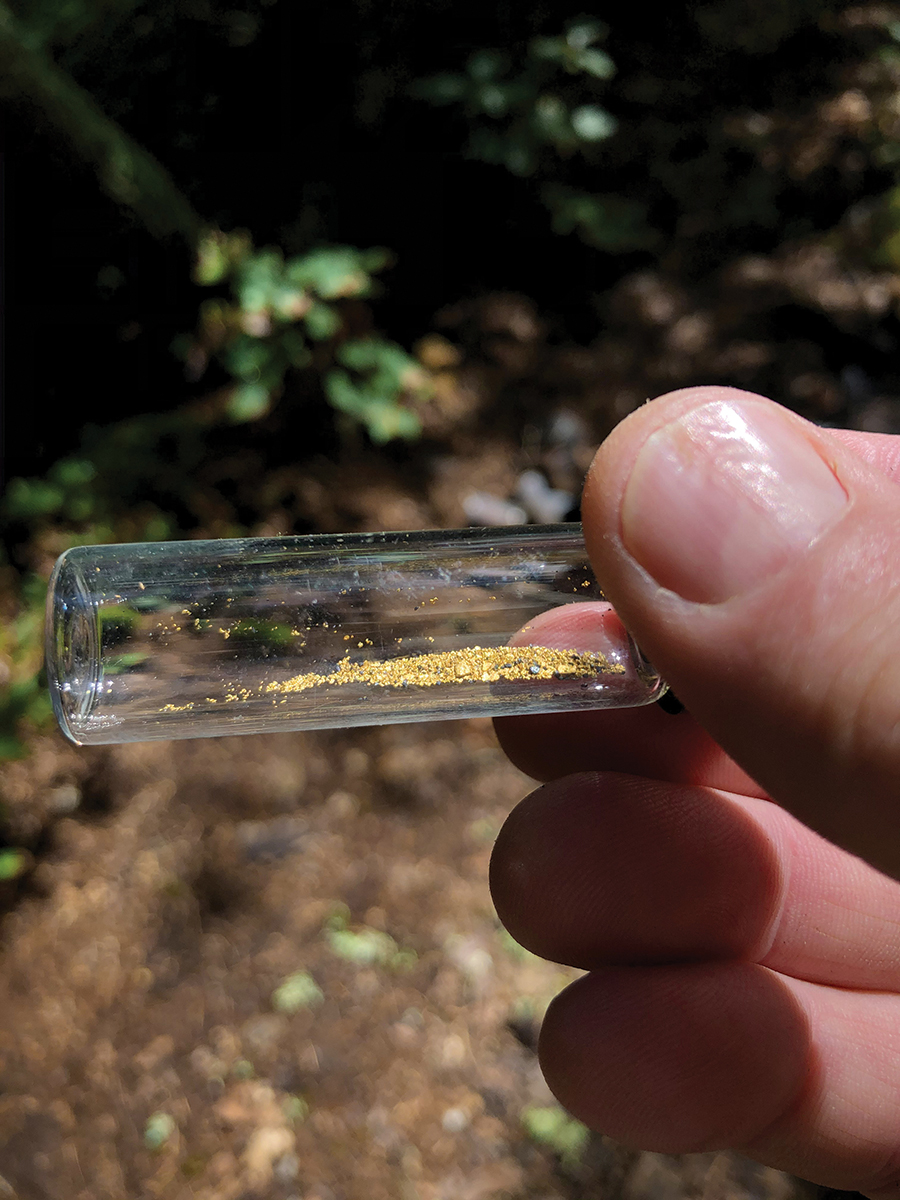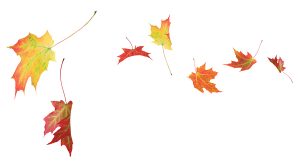
Au-some!
All that glitters in Uwharrie National Forest
By David Claude Bailey
Gold! I had you from the git go, didn’t I? What word, other than “sex,” is so monosyllabically mesmerizing? So when our intrepid MeetUp leader, Hiker Steve, promised to show us dormant gold mines in Eldorado, less than 52 miles from the front door of O.Henry’s office, how could I resist?
I’d hiked the Uwharrie National Forest near Asheboro for years. Smack dab in the center of the state, it’s made up of 51,000 acres of public land amid some of the oldest mountains in North America. (Millions of years ago, peaks higher than the Alps towering over 20,000 feet, but they’ve since been worn down to glorified hills that top out at no more than 1,020 feet high today.) Hikers can choose from any number of evocatively named treks — the N.C. Zoo’s Purgatory Mountain with its Moonshine Run Trail, Jumping Off Rock trailhead, or the Tot Hill and Coolers Knob trail in the Birkhead Mountain Wilderness.
But gold? Who knew? Only a few. The trailhead that leads to the gold mines isn’t marked and you have to drive through the largest mud puddle in Montgomery County to get to the parking space. (We actually got out of the car and measured the depth before venturing through it.) But less than a mile down the trail on the right hand side of Big Creek stands a dynamited shaft that pierces the hillside and opens up into a shadowy caved-in area. Guarded by a humongous hoppy frog, stands a stagnant pool and an invitingly deep shaft that goes far back into the mountain to end abruptly in total darkness.

A word about access is needed here. While our national and state parks admonish hikers to stay on the trails and emphasize strict preservation of pristine areas, national forests are designated for “multiple use.” This includes horseback riding, off-the-leash dog-walking, off-road ATV recreation, plus hunting and fishing. Also allowed under permit from the U.S. Forest Service: cattle grazing, lumbering and mining.
Gold panning is also allowed without a permit, “provided only small quantities are removed for personal, noncommercial purposes.” Down the Internet’s rabbit hole I went, where I learned that there is, in fact, gold in them thar hills and creeks, and what’s more, people are taking it home with them.
Need I mention that gold was selling for record high prices of just shy of $2,000 an ounce in early August? No, I didn’t have gold fever, I told my wife, but wouldn’t it be fun to “find a little color?”
And so it was that my friend Randall and I, on a blistering hot summer day recently, found ourselves in the air-conditioned aisles of one of the neatest country stores in North Carolina — The Eldorado Outpost. Beyond the squatting Sasquatch statue and cases of survival knives, past Beanie Weenies and Vienna sausages flanked by bottles of Pepto-Bismol, not far from the Carhartt dungarees, a vast array of gold prospecting ware beckoned — miner’s moss, folding sluice boxes, sifting screens, shovels of all shapes and, of course, prospecting pans.

After exercising my credit card to equip us with a $15 gold pan, biscuits because they were out of hardtack that day, and sufficient hydrating supplies, we motored down Highway 109 toward Midway and took a right onto Methodist Church Road until it met Coggins Mine Road. There, we went left and, just before the bridge, took a right through that gargantuan mud puddle. From a previous scouting expedition, we knew we needed to follow Big Creek (which empties into the Uwharrie River near what’s called the Low Water Bridge) for about 750 feet to where an old dirt road forded the creek. We crossed the creek, went past an environmental monitoring well and followed the trail until we came to a loop, the inside of which was fenced off by a substantial railing. Posted along its length were signs that said “Danger Beyond This Point.” One of them read “unsafe mine shafts & high walls, deadly gas & lack of oxygen, unsafe ladders, unstable explosives, deep pools of water . . . Stay Out, Stay Alive.” The 8-year-old in me reared his head and said “C’mon! Let’s go.”
But there’s no doubt that the Russell Mine, as I later discovered was what we had stumbled upon, is a treacherous site. At least two open pits are off-limits, with ravines so deep you can look down upon the tops of 60-foot high trees growing at the bottom of the trench, which varies from 10 to 100 feet wide. This open pit snakes back hundreds of yards into the hillside with iron grates covering mine shafts here and there. On the top of one of the hills is a vertical shaft that pierces the ground. It is surrounded by not one, but two fences. At the bottom of the hill was a lateral shaft fenced off by bars big enough to keep a rhinoceros in, or maybe out. From the shaft’s 4-foot-high orifice — on a 90-plus-degree day — a constant blast of air no more than 65 degrees provided an ideal place for us to eat lunch.
As any N.C. schoolchild knows, in 1799 the 12-year-old son of a farmer near Charlotte hauled from a creek a 17-pound nugget of gold, which his family used as a doorstop until his father sold it for $3.50. Word spread and other farmers began combing creeks and riverbeds for gold, which likely found its way into waterways from nearby veins of gold-bearing quartz. Quartz and other volcanic surface rocks are associated with the presence of gold, which is formed, as they were, deep in the bowels of the earth before being squirted and thrust to the surface.
By the 1830s, prospectors were scouring the Uwharries for gold, digging up and blasting to bits quartz formations, sluicing the Uwharrie River and its creeks, and digging shafts down into the earth. With mines in Guilford, Moore, Montgomery, Orange, Randolph, Stanly and two dozen other counties, North Carolina produced more gold than any other state in the union until the California gold rush of 1849. At one time, an estimated 250–600 mines were in operation in the nine counties surrounding Montgomery County. According to an 1888 story in the Salisbury paper, the Russell Mine was “in full blast running their 40 stamps and working the largest output in Montgomery County.” Another account has men bringing rocks up from 60-foot-deep pits to gold stamps, huge weights that crushed the gold-bearing rock into sand-sized particles from which the gold could be separated.
Surely, Randall and I surmised, some of that gold got away and washed into Big Creek. From the piles of rocks heaped up all along the creek, it was evident we weren’t the first people to think that. In fact, we met a prospector who hoped to strike it rich there. Camping out and working all day in the creek, he looked the part with a 5 o’clock shadow, ragged cut-offs, bare chest and nut-brown skin. Holding a handmade spear, his eyes glittered as he explained how and where and why he did what he did. He didn’t have gold fever, he assured us. He had that once and it had cost him his marriage. He was just taking advantage of being jobless during the pandemic to see if he couldn’t strike it rich. And, no, he hadn’t found anything yet, but the day was young and he had several more days before someone was coming to pick him up.
So on that hot day when Randall and I came back equipped to dig in, so to speak, we’d done our homework. Drawing from a pamphlet published decades ago by the N.C. Geological Survey (“It is still possible to find small amounts of gold in the stream sediment [and] in exposed quartz veins”), we panned “where streams begin to widen or change in velocity.” We panned “along the insides of bends or in slow-water areas below rapids.” We panned where “gold tends to work its way to the bedrock and often accumulates in crevices, depressions and potholes in rock underlying the stream.” We dug way down into the bed of the stream since gold is 19 times heavier than water and eight times heavier than sand, which is why, the brochure said, it would end up in the grooves in our gold pans — if only it would.
We went back into the woods a third time to pan in Betty McGee’s creek, another area favored by prospectors. But my fever by then had diminished and I brought my fishing rod and caught a few golden-tinted war-mouths while Randall and a friend labored away.
I thought back to our second trip to Russell about two weeks after our first exploratory trek. We’d stumbled across our prospector’s campsite, where he sat dodging mosquitos, flies and the smoke from his fire. His hands and legs were laced with cuts and gashes. His face was smudged with ashes. His hammock hung under a tarp still sloshing from the previous night’s torrential rains. Tin cans, rusted and burnt in the fire to discourage coons and possums, lay about the ground. But our friend was pumped. The day before, he had, in fact, struck a vein way down the creek from where everybody else panned. Would we like to see his pay dirt? Of course. He dug into a pack and pulled out a tiny vile the size of a hypodermic syringe. When the sun caught its contents, it glittered and shone like nothing else on the planet, as if it were reactive or somehow effervescent. His eyes gleamed. “I’m going back today to see if I can’t find some more,” he said feverishly.
As we made our way back to the car in the punishing heat, Randall asked me how much I thought our friend had found after two weeks of back-breaking work.
“If it were salt instead of gold,” I said, “that’s about how much my dad would put on his T-bone steak.”
Eureka! OH
Contributing Editor David Claude Bailey prefers digging beds for Sun Gold tomatoes in his Alamance County garden to prospecting for gold in the Uwharries.
The Uwharrie National Forest is billed as a “Land of Many Uses.” That includes hiking, fishing, mountain biking, dirt biking and some of the best trails in the state: www.montgomerycountync.com/visit/uwharrie-national-forest/
The North Carolina Zoo doesn’t allow gold panning but you can spot Panamanian golden frogs and golden-crested mynas under a timed-entry plan. Or you can hit the Purgatory Mountain Trail that’s on the zoo’s perimeter: www.nczoo.org/
The Eldorado Outpost is a combination gathering place/ general store/ outdoor goods and camping equipment emporium, with a grill area that serves up hearty fare like tater wedges, biscuits and corn dogs: www.eldoradooutpost.com/
Downtown Asheboro’s restaurants, shopping and antique scene attracts visitors from miles around, but it’s Four Saints Brewing Company that really hops to the rescue of thirsty hikers, bikers and anyone else: www.foursaintsbrewing.com/





